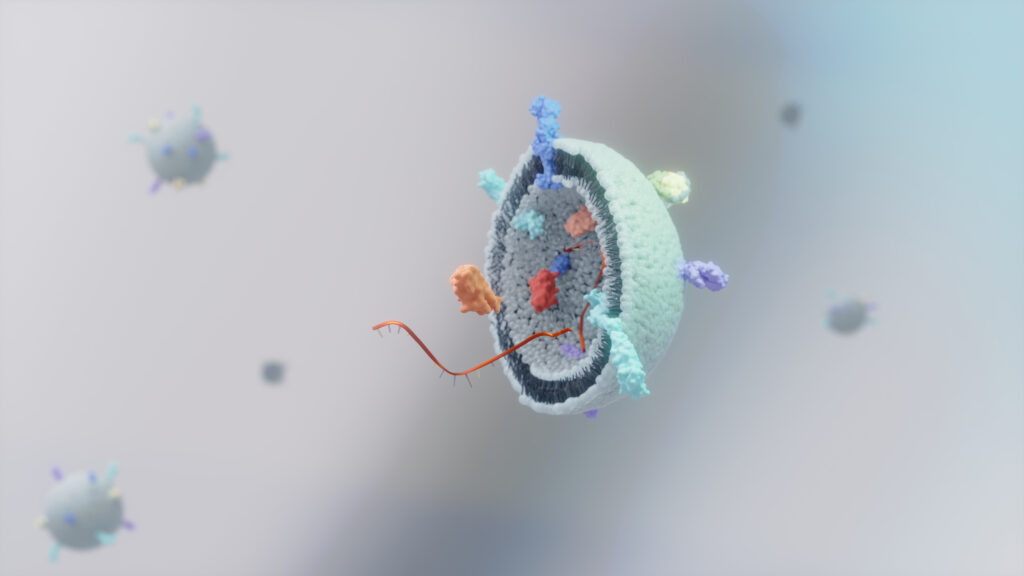Recent advancements in the field of regenerative medicine have sparked interest in the potential of stem cell exosomes for various therapeutic applications. Among these, hair loss treatment has emerged as a particularly promising area. A recent case series highlights the potential efficacy of exosomes in treating acquired trichorrhexis nodosa (ATN), a condition characterized by hair shaft abnormalities and breakage. This case series, conducted by a team of researchers from Shandong First Medical University and associated institutes, sheds light on the possible application of exosomes in clinical settings.
The background of this study reveals a significant gap in clinical research regarding the use of stem cell exosomes for hair loss therapies. While preclinical studies have demonstrated positive results, the transition to clinical applications remains limited. This case series investigates three patients who received exosome treatment for ATN, providing insights into the effectiveness and safety of this innovative approach.
The authors of the study, Xi Chen, Jing Pang, Jianke Li, Xiuhuan Wang, Zihao Mi, Zhenbo Hu, and Guoyan Liu, bring a wealth of expertise from their respective affiliations, including the Hospital for Skin Diseases and the Shandong Provincial Institute of Dermatology and Venereology. Their collaborative effort reflects a multidisciplinary approach to tackling the challenges posed by hair loss conditions.
The findings from this case series not only contribute to the understanding of ATN but also open the door for further exploration of exosomes in hair restoration therapies. As the authors discuss, exosomes derived from stem cells may offer a novel mechanism for promoting hair follicle health and function, potentially leading to revitalized hair growth in patients suffering from various forms of hair loss.
In conclusion, this case series marks an important step toward bridging the gap between preclinical findings and clinical applications in the realm of hair loss treatment. The promising results highlight the need for larger-scale studies to fully understand the therapeutic potential of stem cell exosomes, paving the way for innovative solutions for individuals affected by hair loss conditions like ATN. As research continues to evolve, the scientific community eagerly anticipates further breakthroughs that could transform hair restoration practices and improve the quality of life for many.


